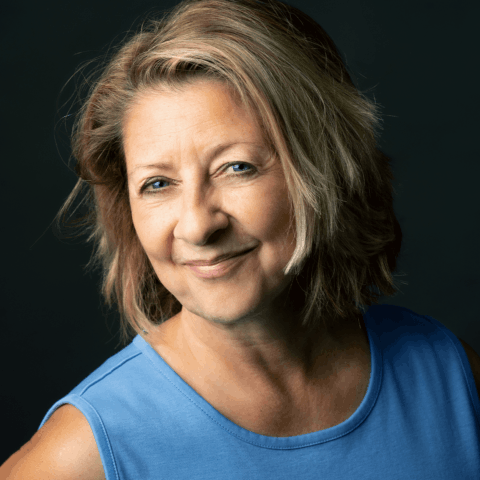Bonj Szczygiel
- Emerita Associate Professor of Landscape Architecture
431 Stuckeman
- Email bxs28@psu.edu
- Phone 814-863-8596

Biography
Bonj Szczygiel joined the faculty at Penn State in 1996 and retired in December 2024. During her time with the Department of Landscape Architecture, she contributed to both the undergraduate and B.L.A./M.L.A. and graduate programs through teaching, course development and program oversight. In the spring of 2020, she taught a graduate seminar introducing foundational thinking in landscape architecture discipline. She found a particular teaching ‘home’ in LARCH 60, a popular general education course that introduces students across the university to the world of design on the land. It was one of the first web-based courses offered by Penn State and, prior to that, had served student need for an Arts General Education credit. Meeting and working with students both within the Department of Landscape Architecture and across the University over the years continues to be a joy.
While Szczygiel contributed to service at all levels — University, College, and Departmental — she was especially honored to be elected as Chair of the University Faculty Senate (2022-2023), the University’s only recognized faculty governance organization with direct oversight of Penn State curricular matters. Additionally, as the presiding officer of the Senate, she oversaw the Senate’s 15 standing committees, special committees, and task forces that address a vast range of University issues as they impact the work and well-being of faculty and students. In this role, she was a strong advocate for faculty and administrative shared governance.
Szczygiel’s research focused on the historiography of built environments, having co-chaired a conference on gendered landscapes in 1999 and subsequent edited volumes. She has published on the sociological history of the landscape architecture profession; women’s urban development work of the 19th-century; and Frederick Law Olmsted’s concept of “salubrious landscapes.” Most recently she has begun to explore the cultural significance of memorials over time and the meta-messages they carry.